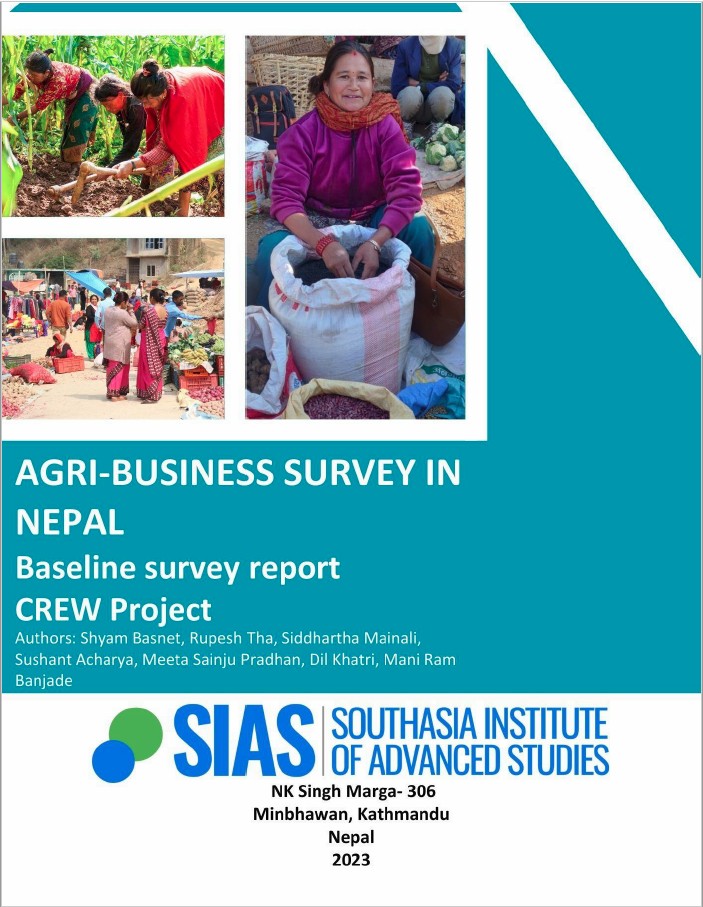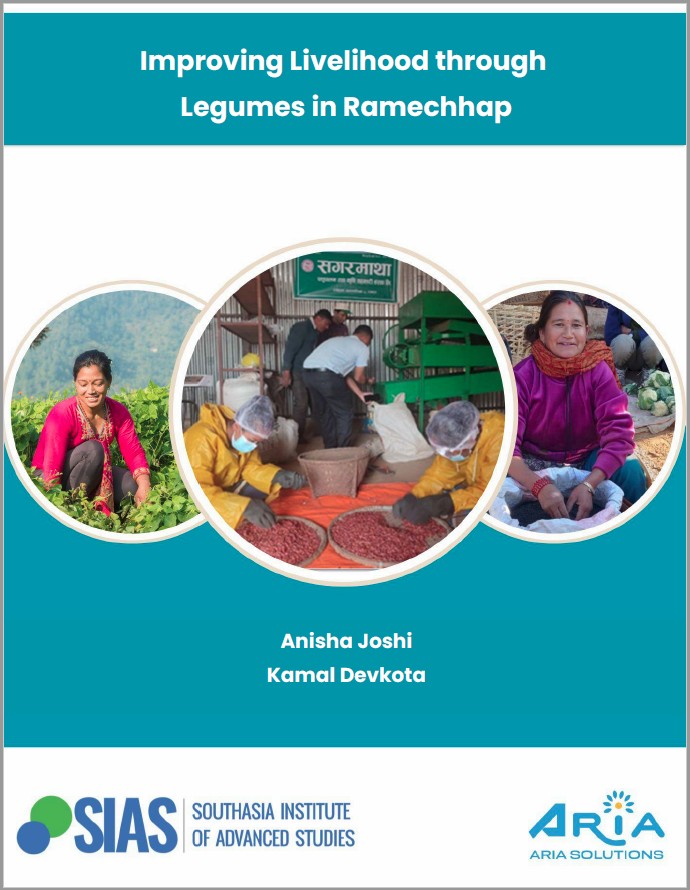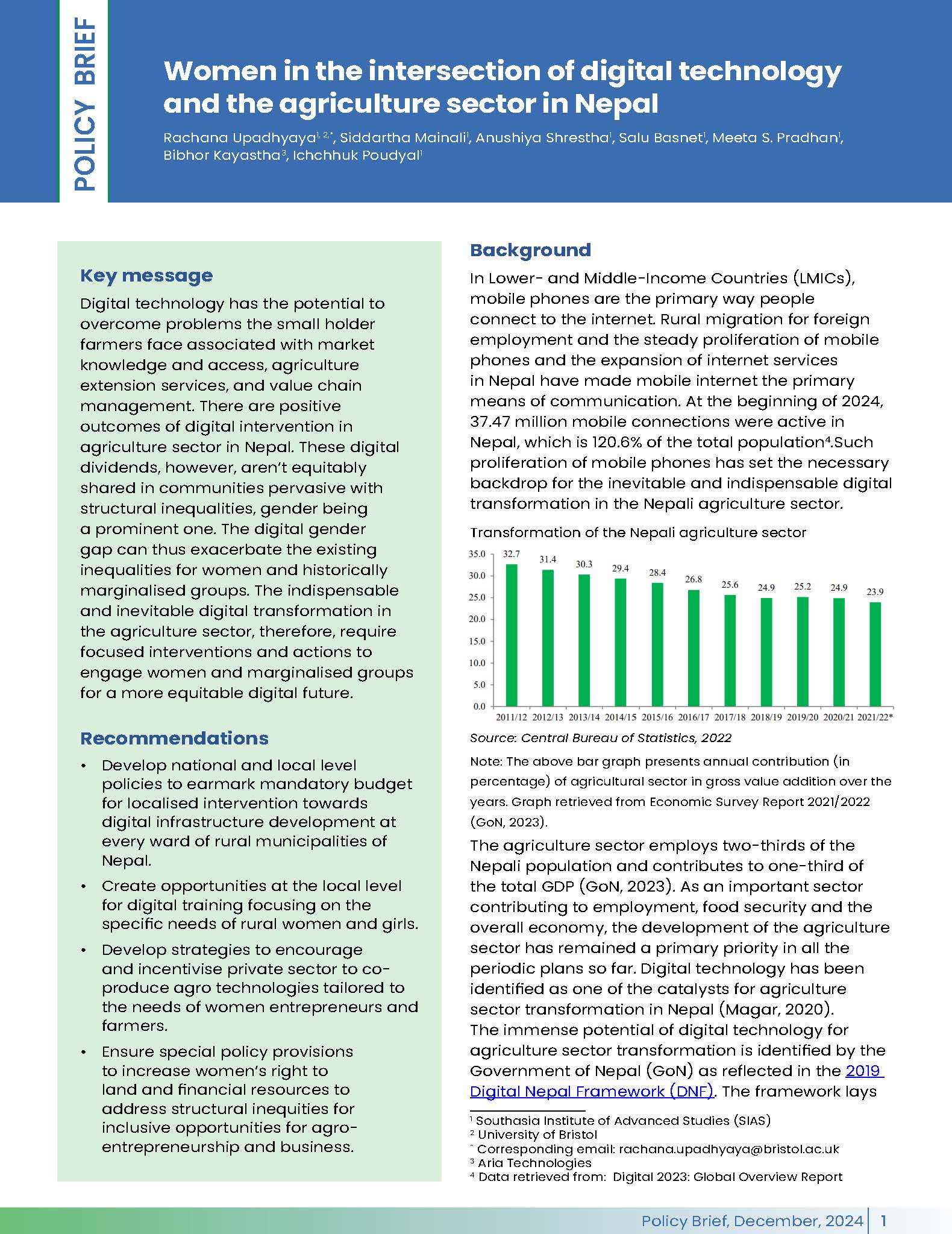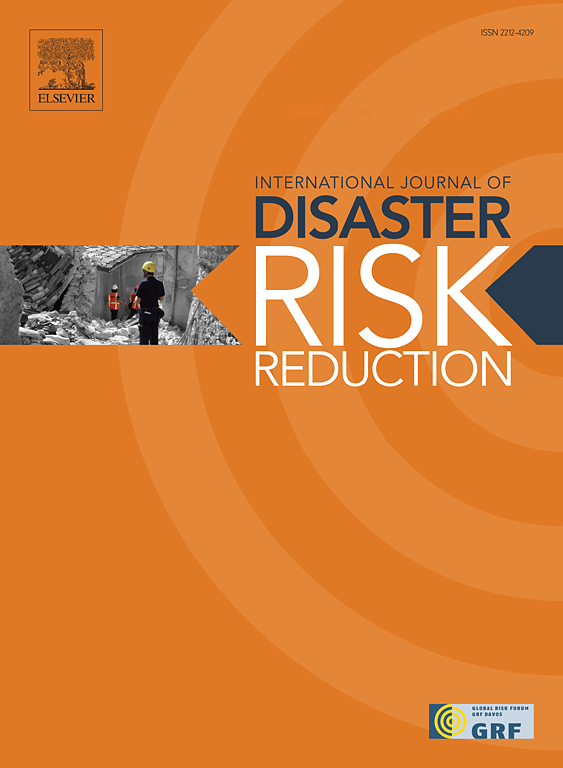Published online: May 2021
Authors: Marie-Luise Matthys, Sushant Acharya, Sanjaya Khatri
Available at: https://doi.org/10.1016/j.worlddev.2021.105410
ABSTRACT
Numerous low-income countries foster the commercialization of smallholder agriculture to achieve development outcomes and improve the lives of the rural population. The effects of commercialization policies, however, are measured using a limited set of indicators. This paper exemplifies a new approach to the study of agricultural change: analyzing commercialization effects through a local concept of the Good Life. In our case study of East Nepal, we first elicited a local concept of the Good Life through qualitative interviews and participatory photography. In the analysis, we disaggregated the data between men and women, elderly and young, farmers and laborers as well as members of different castes. Second, we applied the resulting Good Life concept to the evaluation of agricultural commercialization. Our results show that the local concept of the Good Life is multidimensional and includes both subjectively and objectively measurable dimensions. Respondents across all socio-economic groups consistently emphasized the notion of hardship (dukha) in both their Good Life concepts and their perspectives on agricultural change. Commercialization was evaluated positively predominantly because it reduced physical and financial hardship, in addition to tangible improvements in other domains. However, respondents also pointed to the limitations of commercialization in contributing to the Good Life: the ultimate reduction of hardship was associated with the prospect of non-agricultural employment. The notion of hardship elicited through the perspectives of the Good Life offers a nuanced perspective on commercialization. Including local views in analyses of agricultural change enables researchers and policy makers alike to direct their efforts to those aspects of agricultural change that are most meaningful to the local population.







